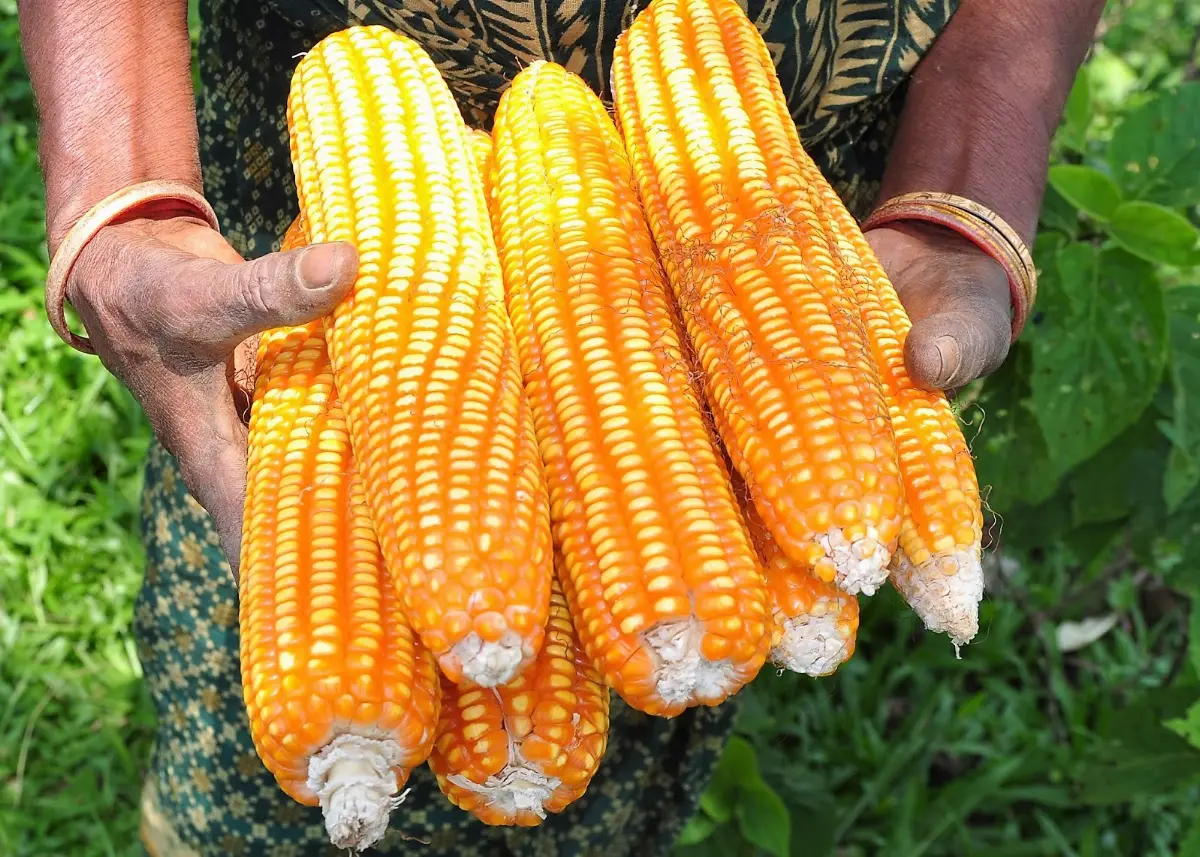
Food raw materials: prices unchanged in September on a monthly basis
According to the FAO report, the index recorded a decline of 10.7% compared to last year

The increase in sugar (+8.9%) and corn (+7%) offsets the decrease in meat (-1%) and dairy products (-2.3%).
The general trend in international food raw material prices remained essentially stable in September, with declines in the prices of vegetable oils, dairy products and meat offset by a notable increase in those of sugar and corn. This is what emerges from the monthly report from the Food and Agriculture Organization of the United Nations (FAO). The FAO Food Price Index averaged 121.5 points in September, compared to 121.4 points in August. At this level, the index is 10.7% lower than its value a year ago and 24.0% lower than the all-time high reached in March 2022.
The FAO grain price index rose 1 percent from August, due to a 7 percent increase in international corn prices, driven by strong demand for supplies from Brazil, slowing sales by farmers in Argentina and by increased barge shipping rates due to the lowering of the Mississippi River levees. International wheat prices fell 1.6%, supported by abundant supplies and good production prospects in the Russian Federation, while the Rice Price Index fell 0.5% against a backdrop of generally lower import demand. low.
The vegetable oil price index fell 3.9% from August, with international quotations for palm, sunflower, soybean and rapeseed oils falling, partly driven by high seasonal production and abundant global exports. The Sugar Price Index has risen 9.8% since August, reaching its highest level since November 2010, amid growing concerns over a tighter global supply outlook next season. Early forecasts indicate production declines associated with El Niño in Thailand and India, both key producers. The notable harvest recently achieved in Brazil, under favorable weather conditions, limited the increase in global sugar prices month-on-month.
The Dairy Price Index fell 2.3% from August, the ninth consecutive decline, affected by weak global import demand and large inventories in key producing regions. The relative weakness of the euro against the US dollar also weighed on international dairy prices. The Meat Price Index fell 1% from the previous month, with a mix of weak import demand and ample supplies of global exports pushing down prices for pork, poultry and sheep meat. In contrast, international beef prices have increased on the back of strong demand for imported lean meat, especially in the United States of America.
EFA News - European Food Agency